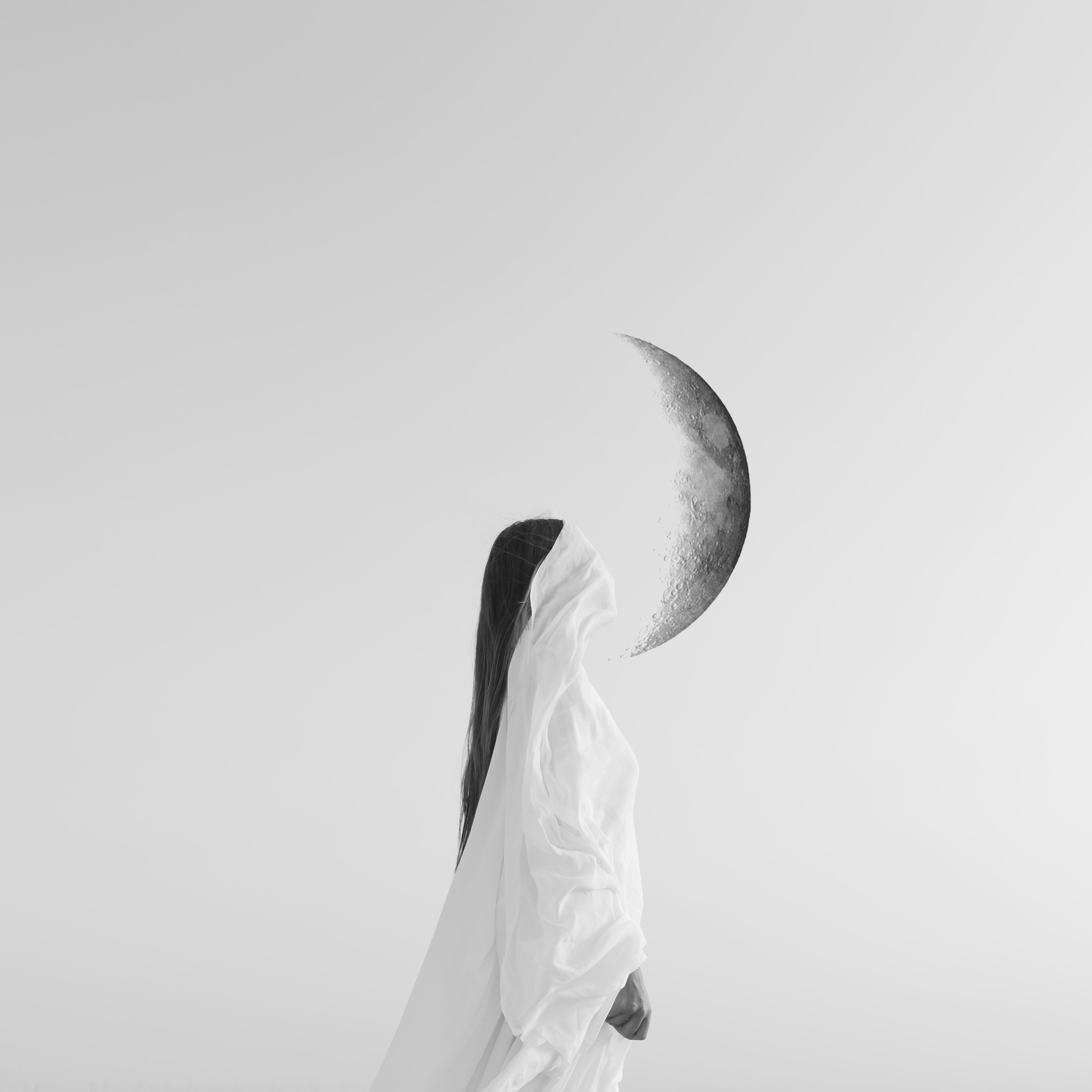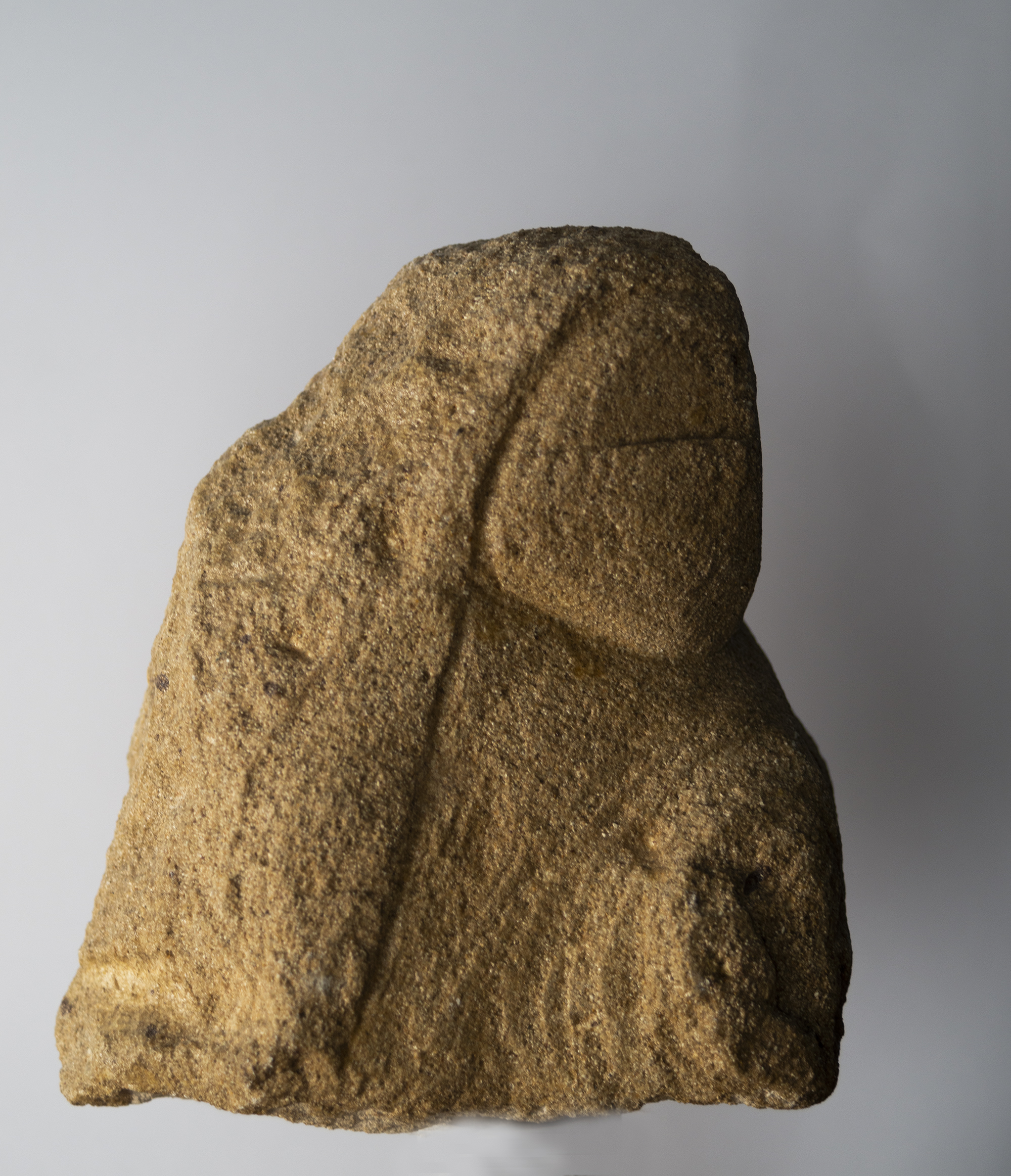


Minimalist art, a distinctive movement that maintains its prominence in contemporary times, venerates the allure of simplicity and reduction. The core of minimalist art revolves around a dedication to simplicity. Artists peel away superfluous layers and direct their focus toward foundational elements – lines, shapes, and colours – constructing compositions that are streamlined and free from unnecessary adornments. This reductionist philosophy challenges conventional concepts of artistic expression, prioritising essence over opulence.

Comparative Darkness by Anthony Lamb
Minimalist artworks frequently showcase substantial expanses of emptiness, extending an invitation for observers to pause and introspect. The deliberate utilisation of negative space cultivates equilibrium and serenity, fostering an ambiance conducive to reflection. This tranquil exchange between the artwork and the beholder cultivates a deeper connection and personal interpretation.

Imagining by ​Rohit Rattan
Often employing a restricted colour palette, this artistic genre allows chosen hues to resonate more profoundly. The purposeful employment of monochromatic or limited colour schemes amplifies visual impact, directing attention to the interplay of tones and tints within the arrangement. Minimalist art transcends the confines of canvas, extending its influence on fine art photography, sculptures, and environmental installations.

Mother by Jassim Al Awadhi
Minimalist art lauds the elegance of restraint and the potency of simplicity. Through calculated reduction and precision, artists attain an elevated level of visual resonance and emotional potency. As viewers engage with these creations, they are encouraged to embrace contemplation and discern meaning within the spaces that exist between forms and colours.
Feature Image: Anthony Lamb